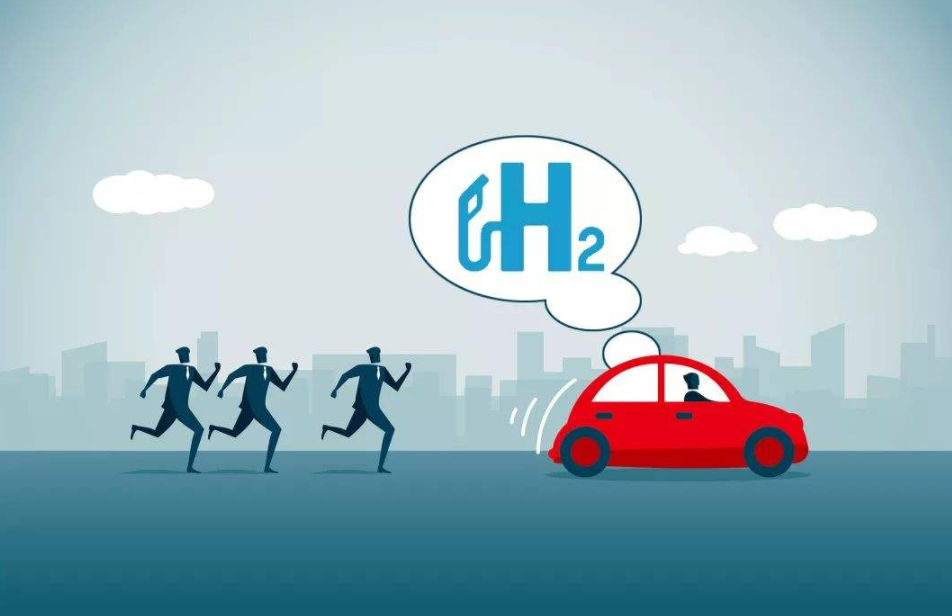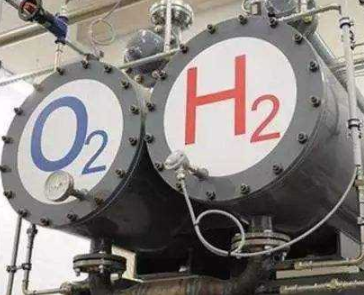In the past year, my country's hydrogen energy has developed rapidly, and various links in the fuel cell and other industrial chains have begun to be intensively distributed in the local area, which is regarded as the "first year of hydrogen energy" by the industry. Recently, a number of policies related to hydrogen energy have been released at the national level, from the introduction of hydrogen energy into the Energy Law to the demonstration and application of fuel cell industrialization, and good news has spread frequently.
At the two sessions this year, hydrogen energy continued the "heat" since last year and was mentioned by many representatives and members. Among them, many bills and proposals directly hit the current "pain points" of the industry, and described a realistic path for the development of fuel cells and the entire hydrogen energy industry chain.
Core technology needs to be broken

Data show that as of the end of 2019, my country has cumulatively promoted more than 6,500 fuel cell vehicles, built more than 50 hydrogen refueling stations, and formed more than 400 startups. According to predictions by the my country Society of Automotive Engineers, the number of hydrogen fuel cell vehicles in China will reach 10,000 in 2020, 100,000 in 2025, and 1 million in 2030. However, at present, the hydrogen fuel cell industry is still a long way from technology maturity and large-scale development.
Wang Fengying, National People's Congress representative and president of Great Wall Motor, pointed out that in recent years, China has achieved a series of scientific research results in basic research, core materials, key components, manufacturing processes and integrated control, but it still lags behind the international advanced level and the maturity of products It has not yet reached the level of large-scale commercial application, and product-level core materials and key components still rely on imports.
According to Li Yonglin, member of the National Committee of the Chinese People's Political Consultative Conference and secretary of the Party Committee of Sinopec Tianjin Petrochemical Company, there is still a certain gap between the technology and manufacturing capacity of some parts and components of China's hydrogen energy and fuel cell vehicle industry and the international advanced level. Parts also need to be localized. He suggested that the government should take the lead, joint R & D institutions and enterprises, and concentrate on achieving technical breakthroughs in core materials, equipment and key components, creating an independent ecological chain, further reducing costs, and promoting the safe and healthy development of the industry.
















 RCCN WeChat QrCode
RCCN WeChat QrCode Mobile WebSite
Mobile WebSite
